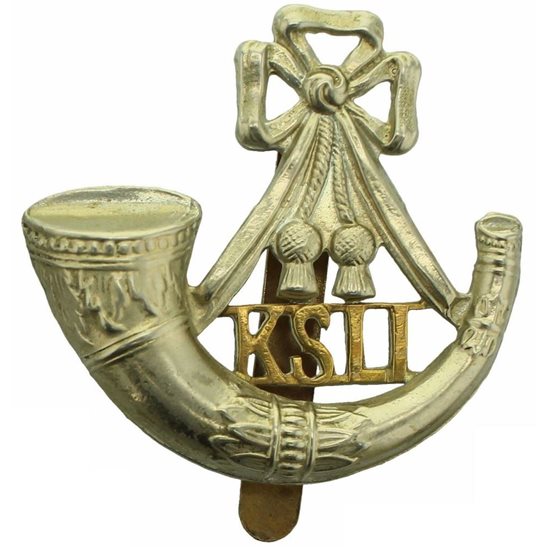Personal Details
Born: 17 January 1896 in Whitchurch, Shropshire.
Family: He was the only child of William Caleb Birchall, an ironmonger, and his wife Mary Ellen, nee Pickford. He married Annie Boutflour Dickman (known as Nancy) in 1922 in Morpeth, Northumberland and together they had two children Kenneth F (who sadly died at the age of two) and Philip R.
Residence: In 1901 he was living with his parents at 23 St. John’s Street, Whitchurch; by 1911 they had moved to 10 Richmond Terrace, Station Road, Whitchurch. In 1939 he was living with his wife and child at Roddam House, Alport Road, Whitchurch and at the time of his death he lived at 28 Highfields Avenue, Whitchurch.
Education: He attended Whitchurch Grammar School between 21 January 1905 and 22 December 1909. He left to attend St. Oswald’s College, Ellesmere, Shropshire.
Employment: In 1911 he was assisting in his father’s ironmongery business in High Street, Whitchurch. His father took him into partnership in 1925 and he remained running the business until it closed in 1971. His father retired in 1953.
Died: 2 April 1983 at the Cottage Hospital, Whitchurch, aged 87, and his ashes were interred in Whitchurch cemetery on 10 April the same year.
Other Information: William (or Vincent as he was known) was President of Whitchurch Rotary club 1952/53 and was a long term rotarian.
Military Details
Regiment: King’s Shropshire Light Infantry (previously Shropshire Yeomanry)
Rank: Private
Service Number: 26600 (previously 2114)
Date of Enlistment: Not known
Date of Discharge: Not known
Reason for Discharge: Not known
William was awarded the Military Medal and Campaign Medals (British War medal and Victory medal)

The British War Medal (also known as 'Squeak') was a silver or bronze medal awarded to officers and men of the British and Imperial Forces who either entered a theatre of war or entered service overseas between 5th August 1914 and 11th November 1918 inclusive. This was later extended to services in Russia, Siberia and some other areas in 1919 and 1920. Approximately 6.5 million British War Medals were issued. Approximately 6.4 million of these were the silver versions of this medal. Around 110,000 of a bronze version were issued mainly to Chinese, Maltese and Indian Labour Corps. The front (obv or obverse) of the medal depicts the head of George V. The recipient's service number, rank, name and unit was impressed on the rim.
The Allied Victory Medal (also known as 'Wilfred') was issued by each of the allies. It was decided that each of the allies should each issue their own bronze victory medal with a similar design, similar equivalent wording and identical ribbon. The British medal was designed by W. McMillan. The front depicts a winged classical figure representing victory. Approximately 5.7 million victory medals were issued. Interestingly, eligibility for this medal was more restrictive and not everyone who received the British War Medal ('Squeak') also received the Victory Medal ('Wilfred'). However, in general, all recipients of 'Wilfred' also received 'Squeak' and all recipients of The 1914 Star or The 1914/1915 Star (also known as 'Pip') also received both 'Squeak' and 'Wilfred'. The recipient's service number, rank, name and unit was impressed on the rim.

